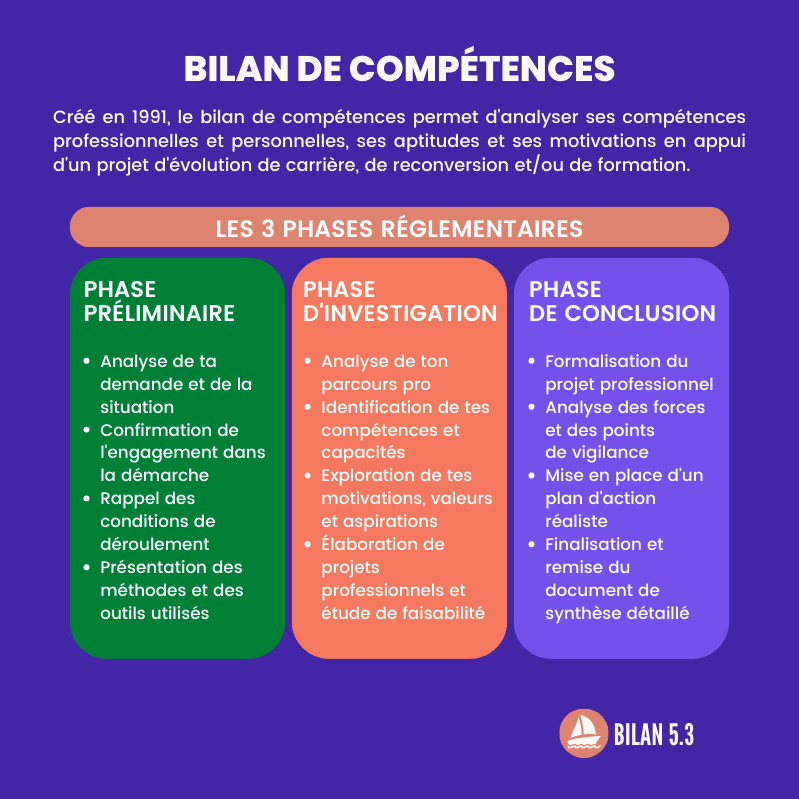On the Rose Trip trek, which inaugurates its first edition in the Lompoul desert in Senegal, the participants walk about 20 kilometers daily, under high temperatures, in the sand, for 3 days. But before starting the adventure, they talk about their preparation: Anne Laure walked 17 kilometers in the sand every weekend, Sophie surveyed Lake Annecy as much as possible, Sara and her team did a test trek of 20 kilometers in almost real conditions on the Dune du Pilat. Some supplement with yoga, others sessions in the gym… If each has its own method, how to prepare well for a trek of this type?
A few essentials before leaving
First, note that the Rose Trip trek wants to be accessible, it is therefore not necessary to be a professional walker or runner, or even to be a great sportswoman. That said, stamina needs to be worked on, so it is essential to train by walking for long periods of time. The organizers advise hikes between 6 and 8 hours to get in condition, starting several weeks before the start of the adventure. The objective is to be able to find the rhythm that suits us best.
Getting close to the conditions of the trek you are about to experience is always useful. If the climatic conditions can be complicated to mimic (if you go to Senegal in April and live in France, there is little chance of seeing the thermometer climb to 30 degrees before D-Day!), you can at least practice walking with weight in the back (but not too much either), and go for a walk on the beach if you have to walk on sandy ground.
Walking long hours is essential for training. But endurance is not the only key to the trek, you also have to allow your body to adapt, not to be only in the exercise of strength. We must also try to soften! Do not hesitate to practice yoga, Pilates, stretching, to do regular muscle awakenings before starting a cardio activity.
Problems to be solved before departure for the trek
“The ideal is to practice a progressive relaxation, a little each day. And for example, after the shower, when the muscles are warm”, notes Olivier Le Boëdec, etiopath in Ciboure, referent on the Rose Trip adventure. He also stresses the importance of not falling into the opposite extreme, over-preparation: “We avoid traumatizing the structures, it is better to set up a routine, to do it a little bit regularly”. This is simply explained by the fact that the trek is better lived if one is “adaptable”. “However, if you prepare too much, you are more sensitive to a tear. Above all, we don’t want to get exhausted before leaving,” he argues.
In addition to the sport prescribed before a trek, you must be sure to have solved your physical problems. An old sprain that continues to occasionally hurt? A muscle twitch that wakes up after a bad night’s sleep? These phantom wounds must be handled by a professionalbecause “the structures will be subjected to a great effort, between walking in the sand, the heat, the weight of the bag… A trek exacerbates the problems”, recalls the etiopath. He advises to go to a health professional, physiotherapist, etiopath, osteopath, chiropractor… One month before departure, to give the body time to “recover”.
Preparing your feet, choosing the right shoes
Another point of attention, for the etiopath: the feet, which must be our best friends on this adventure. But who will be put to the test! “Ankles, feet, tendons, muscles, everything must be impeccable before leaving”, smiled the etiopath.
To get there, Florence Balavoine, podiatrist and participant in the trek, details the essentials to put in place. “Upstream, we can practice two simple exercises: squats and lunges, every other day and for 10 minutes. This strengthens the tendons of the knees. she notes.
Fifteen days before departure, we do a pedicure treatment to remove calluses or any partridge eyes or corns. Then, prepare your feet well using an anti-friction cream, which will strengthen the skin and prevent blisters. Always two weeks before departure, we massage our feet with this cream twice a day. “The objective is to tan the skin of the foot to make it more resistant. Another option: do without lemon under the sole of the foot!” And we cut our nails “squared flush with the pulp, because having nails that are too long is a source of bruising or ingrown nails”recalls the podiatrist.
Finally, we choose his shoes, “two sizes larger than usualwe buy good hiking socks”, and we don’t leave with new sneakers. You must have practiced them before, in everyday life for example, by going shopping with them regularly.
In the list of things to have on you for the trek, the podiatrist notes: “something to pierce the blisters: you must not remove the skin of the blister, you have to come and pierce it with a needle, to which you attach a sewing thread that you will have previously passed through eosin. C is the only thing that works! The eosin will tan the fresh skin under the blister, and the dead skin will protect this new, more fragile skin“, she illustrates. In summary then, we take a little eosin, a needle, a sewing thread and good anti-blister dressings each on oneself. She also advises having an anti-mycotic powder in your suitcase, to put between your toes.
Equipment and pitfalls to avoid
In addition to the orientation equipment necessary for this trek (needle compass or compass, topographic report, etc.), certain accessories are necessary. It is essential to have a minimum of one liter of water on you, easily accessible (trekking bottle or camel back) whose contents will be drunk and refilled over the supply stands. A whistle and a survival blanket are mandatory. The backpack carried must not exceed 25 liters.
On this subject, the referent etiopath of the trek underlines that the main pains come from badly adjusted equipment. “During the Rose Trip Morocco, the first day ended with many consultations for trapezius pain which were not due to pre-existing problems in the runners, but to the pressure of the bag continuously at the top of the shoulder. The bag, when improperly adjusted, slows circulation to the shoulder muscle and simulates torticollis, resulting in stiff neck.” He stresses the importance of distributing the weight correctly, using all the straps so that the entire torso supports the load.
The other enemy of the trek is dehydration. “Emergency physicians notice it regularly on treks, runners are dehydrated”, he observes. He specifies that it is important not to wait until you are thirsty, which shows that it is already too late, the body is lacking when the desire to drink wakes up. “You have to drink small amounts all the time.. To force yourself to do so, you can set up a protocol: tell yourself that each time you stop for a mapping point, you drink a certain number of sips. Creating automatisms is useful to fight against this trap, which is easy to avoid. As a reminder, drinking enough and sustainably can prevent headaches or cramps, which are very annoying during such physical exercise.
Read also:
- After breast cancer, they trek in the Moroccan desert
- How is sport good for health?
- 3 ideas for getting (back) into sport in 2021

















